The collection and use of Real World Data (RWD) and Real World Evidence (RWE) is a hot topic of conversation. The number of commercially available mobile devices incorporating biosensors has increased dramatically since the first smartphone in 2007. The computerization of health records presents another data source to support coverage decisions and guidelines for clinical practice. Sponsors also use this data to inform clinical trial designs and observational studies to understand conditions and create new treatments. This increased activity raises questions about practical approaches to collecting and using RWD in generating RWE and concerns about patient data privacy, ownership, and informed consent. The FDA is at the center of the conversation on using RWD and RWE to assess the safety and efficacy of new medicines, diagnostics, and devices. We’ll look at the current state of the FDA’s thinking on the RWD/RWE in developing drugs, biologics, and devices in this article. In addition, I’m researching data privacy and ownership issues and will write about them in the future.

The 21st Century Cures Act, passed in 2016, added Section 505F to the FD&C Act to increase the use of RWD and RWE in FDA regulatory decision-making to accelerate new medical product development. The agency’s first step in converting this law into practice was creating and publishing its Framework for Real World Evidence (RWE) Program in December 2018. The program allows the agency to work with sponsors to evaluate the use of RWE to support the approval of new indications or satisfy post-approval study requirements for approved drugs and biological products. The framework document discusses how the agency currently uses Real World Data (data relating to patient health or delivery of health care, abbreviated RWD) to generate the clinical evidence (RWE) on the use and potential benefits and risks of a drug or biologic. In addition, the document describes in broad terms the approaches the agency intends to take to expand the use of RWD/RWE to make regulatory decisions on the safety and efficacy to support a new indication or meet post-approval study requirements for an already approved drug or biologic. The agency’s original focus has been to use such data for safety evaluation, and the intent is to increase the use of RWD/RWE for efficacy evaluation.
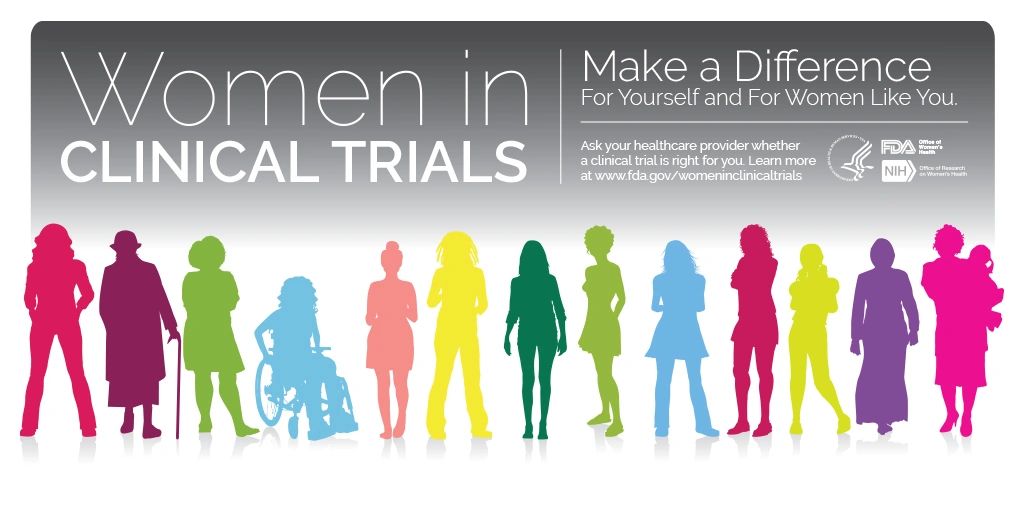
The Framework established the definitions and scope for the agency’s intended use of the RWD/RWE program and summarized the state of practice up to the publication date. Astute readers will know that appropriate guidance documents are necessary to describe how the agency thinks sponsors should use RWD/RWE in clinical trial design and regulatory submissions.
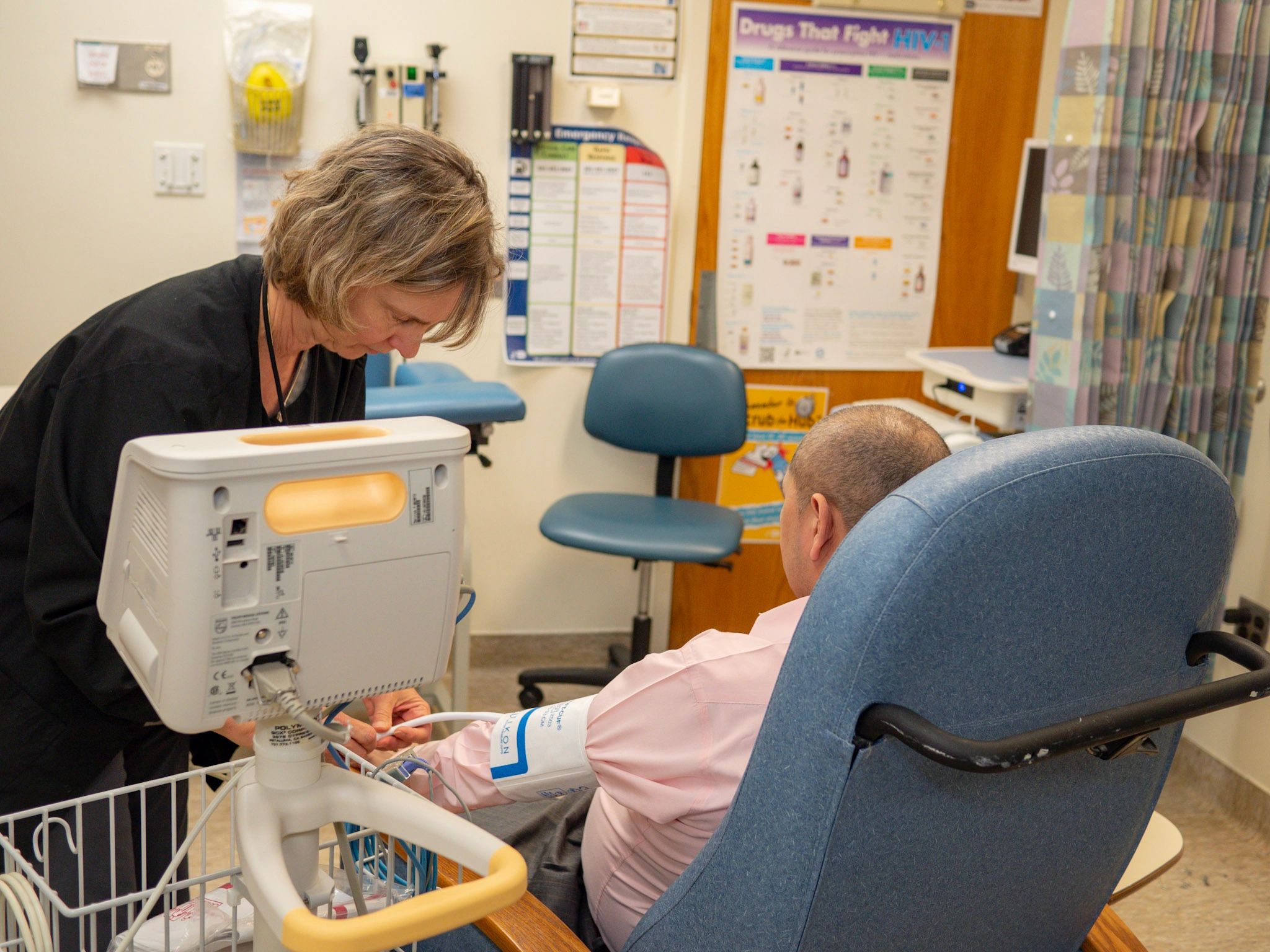
FDA experts were creating documents before the Framework was released, and the pace appears to have accelerated during the past two years. The table below shows the applicable drug and biologic development guidance documents available as of this publication. Also listed are two planned guidance in a four-part series on RWD/RWE in patient-focused drug development. These documents’ topics and publication dates suggest sponsors are increasing their engagement with the reviewers on how to use RWD/RWE in their studies and submissions. In tandem with the launch and growth of the agency’s Patient Focused Drug Development Program, the agency issued the first two of a four-part guidance series on using RWD/RWE to evaluate what’s essential to the patient in their condition and treatment experiences. This guidance series also enhances the efforts of the FDA to increase diversity and inclusion in safety and efficacy assessments for new medicines. These efforts are occurring in response to the pandemic-related stresses on clinical trial operations and renewed community interest in equity and inclusivity in healthcare. Interested readers may find more information about this program on the Patient Focused Drug Development Program website.
View the Guidance Table for Drugs and Biologics
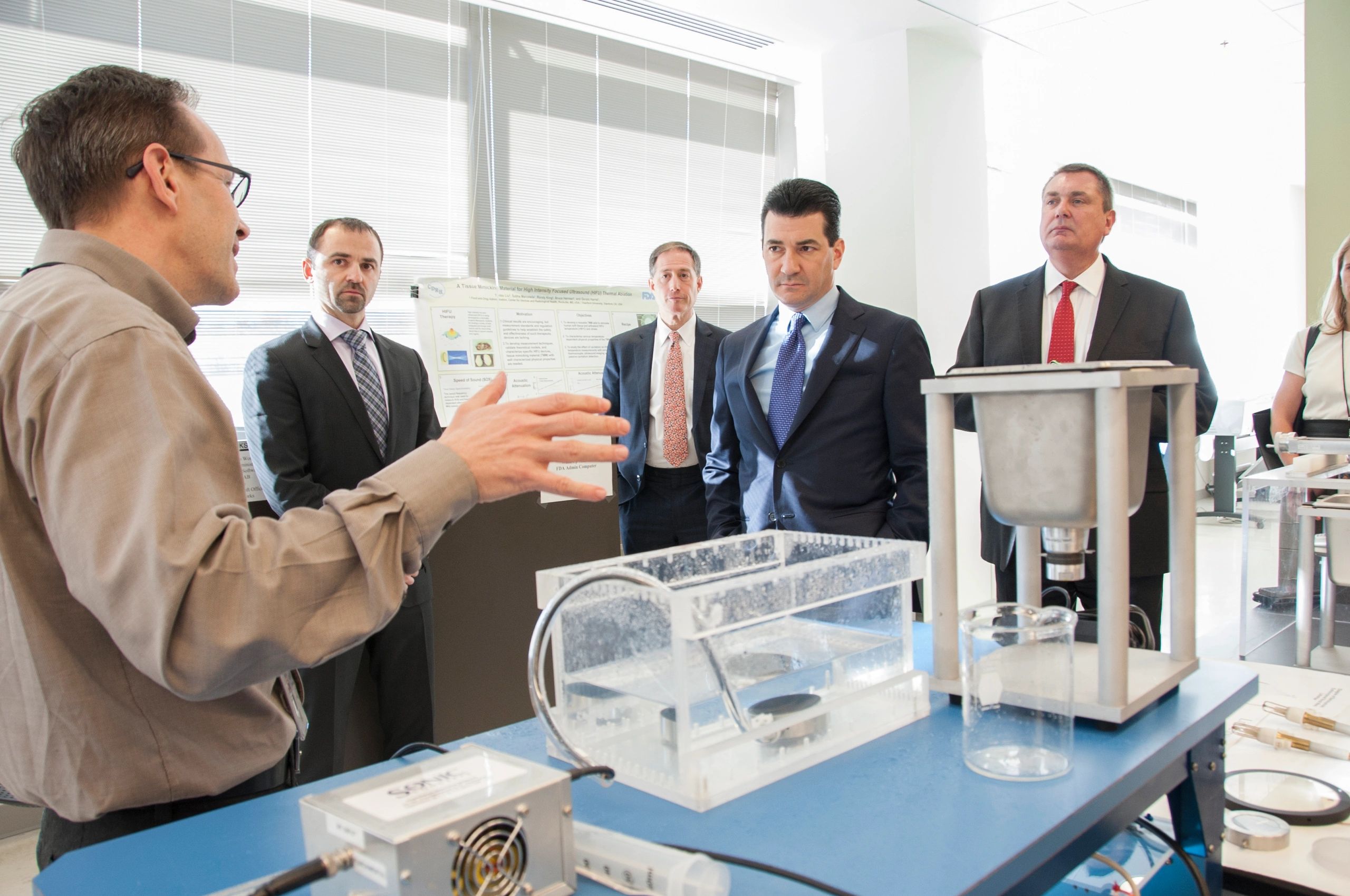
The Framework Program does not cover medical devices. The device-related regulatory changes in the 21st Century Cures Act increase the speed of bringing new devices to the market. The primary changes include adding the Breakthrough Devices program, increased recognition of appropriate standards, improved listing for 510(k) exempt devices, and increased Institutional Review Board flexibility in reviewing medical device trials. However, the FDA recognized sponsors had questions and issued “Use of Real-World Evidence to Support Regulatory Decision-Making for Medical Devices” in 2017 as the primary guidance for medical device development. This guidance contains the specifics for the FDA’s quality assessment of RWD/RWE in premarket applications and post-market surveillance. It supplements the existing device guidance on data collection, benefit-risk evaluation, patient preference information, and expedited device access. Notably, the FDA will use the National Evaluation System for health Technology (NEST) to leverage RWD in understanding and regulating medical devices in clinical use. The FDA also issued a report containing examples of medical device regulatory submissions using RWE as valid scientific evidence because medical device regulations offer more branching pathways to device clearance or approval.

Patient-Reported Outcomes Measures (PROM) can fill a similar role to RWD/RWE in medical device submissions. A PROM is an instrument or tool, typically a questionnaire or diary, used to gather the patient’s health status. They are used to capture the patient’s experience with the device and essential measures that are difficult to quantify (such as the experience of pain). Evidence gathered through PROMs may be used for regulatory decision-making and may also inform payers, health care systems, and providers on device usage. Guidance on PROMs is available here. CDRH encourages sponsors to consider PROMs and other Clinical Outcomes Assessments (COAs) in their device strategy and has provided a web page with information and links to resources. In addition, there are links to case studies, articles, collaborations, and workshops on different COAs. The agency also recommends resources like the Q-Sub program (see my previous post on this topic) to discuss their plan to use, adapt, or develop PROMs with CDRH staff.

Lastly, digital health entrepreneurs should look at the open-source MyStudies platform, available for any public or private development of branded apps to gather RWD in clinical trials, RWE studies, or patient registries. The FDA released the code and technical documentation for the MyStudies platform in November 2018 and hosted a full day of webinars in May 2019 to orient developers on the system. All the webinars and complete documentation for the system are available on this SBIA web page. Links on the page cross-reference the applicable guidance and connect to helpful developer tools like GitHub and Subversion repositories for Response and LabKey servers. Subject matter experts from Boston Technology Corporation and LabKey developed the API; the webinar series includes their interviews. Another more technical resource is the Technical Background website. As a use case, the FDA and Harvard Pilgrim Health Care Institute used the MyStudies platform to create the COVID MyStudies app for e-consent collection in 2020. Funding for this app will run out in September 2022, but other options for e-consent are available, and the agency is encouraging investigators to use electronic consent methods wherever possible (see this website for details). Despite its availability, the MyStudies API has not produced other apps, suggesting developers are unaware of or uninterested in working with this tool. Nevertheless, I think there’s a provocative conversation waiting to happen around this API.
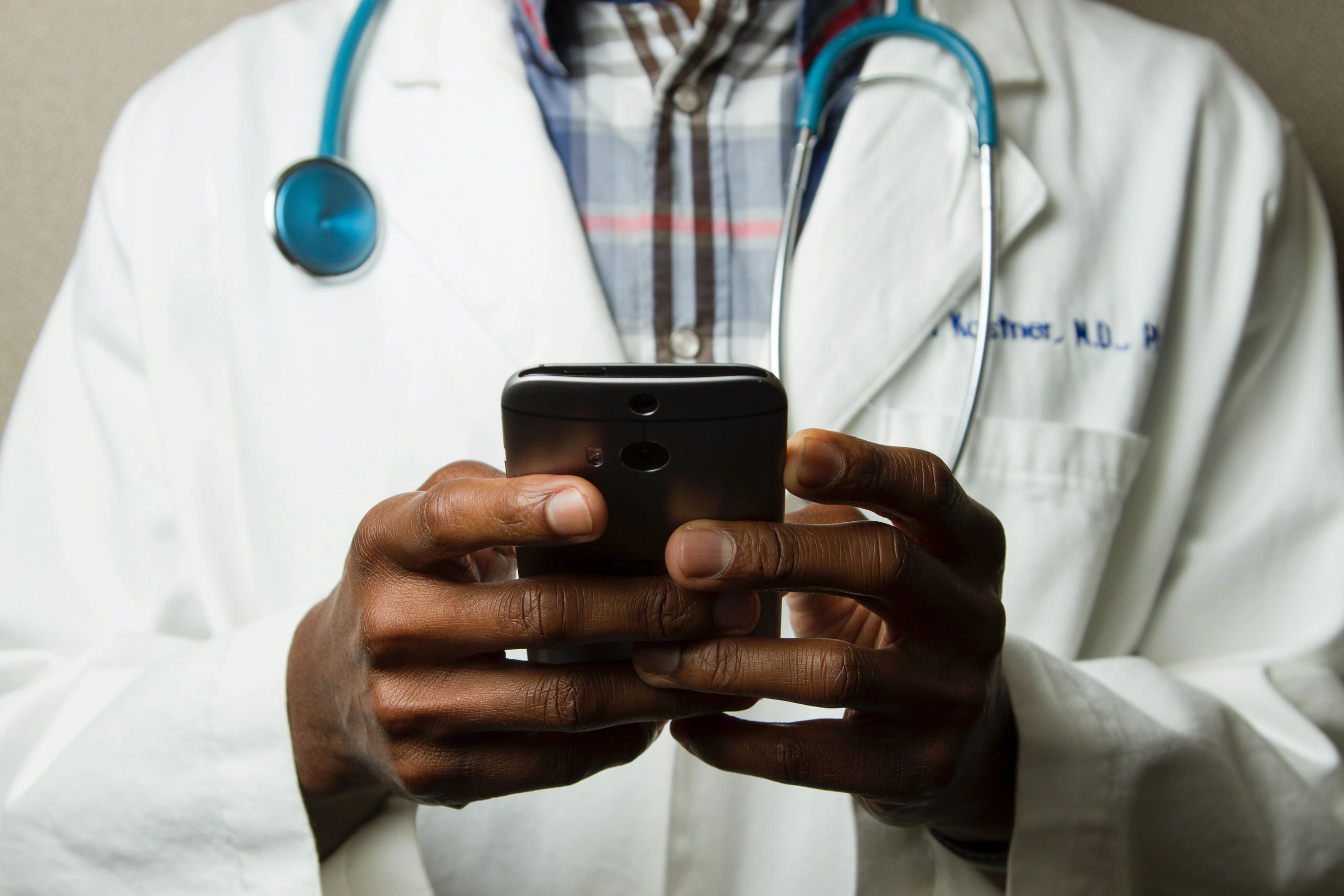
Within the last two months, I’ve been thinking about the definition of digital health. I’m not alone; the FDA, US and international research teams, and the WHO are among the groups wrestling with the subject. I believe the collection and use of RWD and RWE land firmly in the digital health definition. Furthermore, developing regulatory systems and expectations for RWD/RWE use in medical product evaluation and surveillance creates building blocks we can use to expand that definition and innovate more patient-friendly approaches to integrate technology into holistic health. I want this overview of the FDA’s current thinking on RWD/RWE to spark your ideas and contributions in this open playing field. Let me know what you think!
